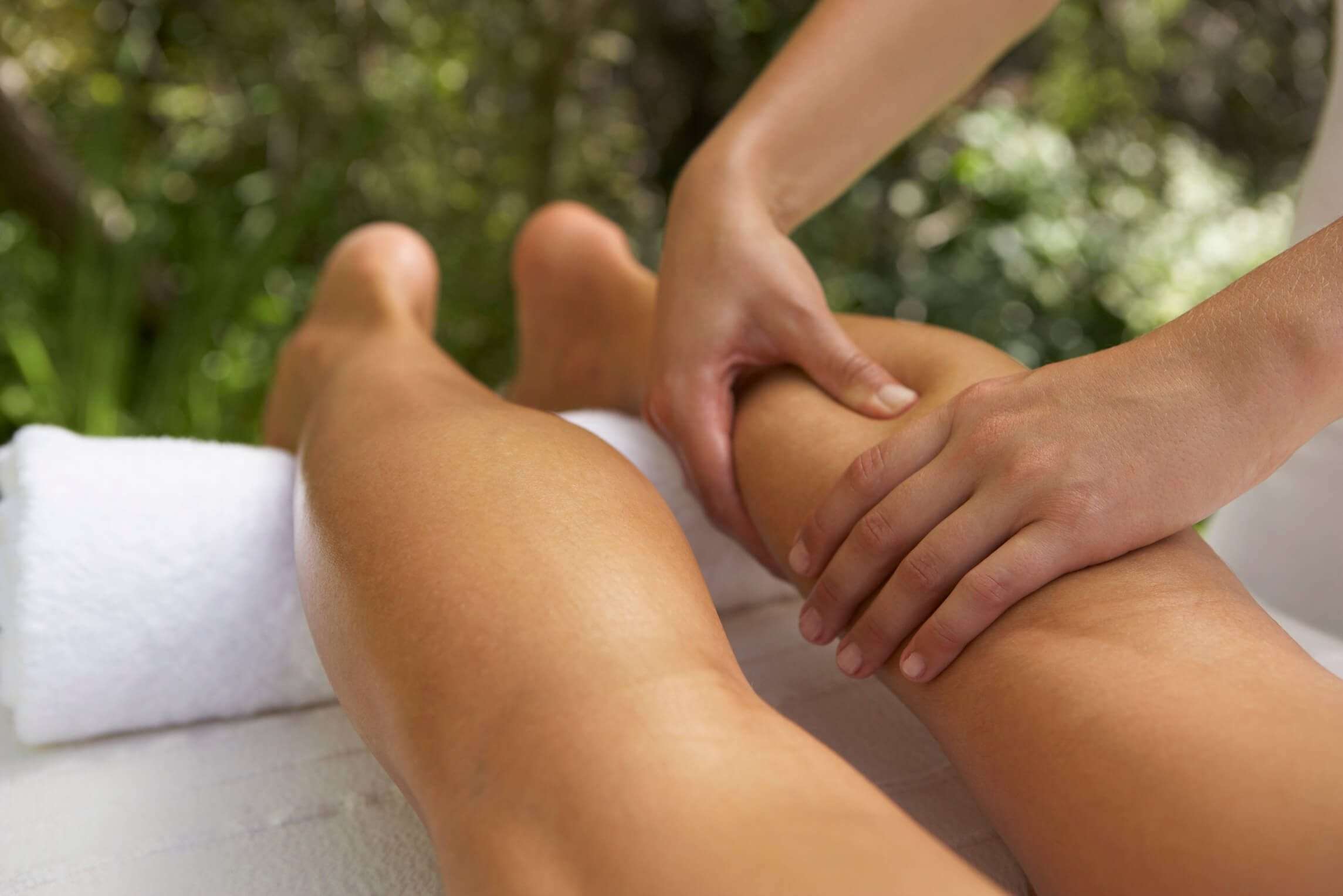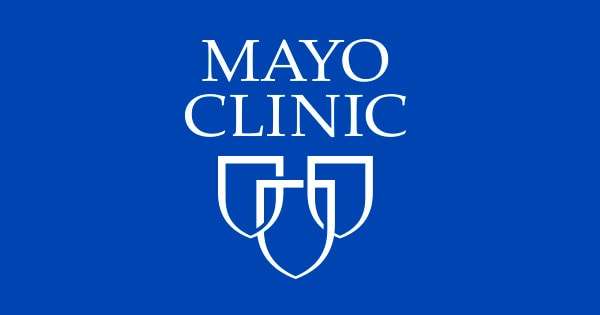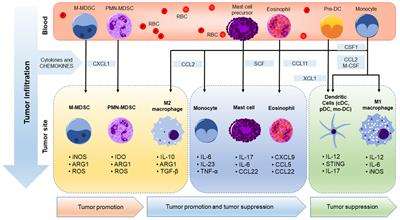Massage is probably the most popular treatment on the menu whether you work in a spa or a salon. With clients working longer hours or taking work home with them, the wear and tear of everyday life or those with young children, everyone can benefit from massage.
Physically the therapist can work on knots, tensions and strains in the muscles. Leaving the client suppler, reduced aches and promote healing.
Mentally & emotionally it gives clients quiet time, away from gadgets and things they need to do and allows them to start to relax and unwind. Spiritually, massage can help; the music, the oils and dimmed lighting. The mind can wonder and renew the spirit.
This article though, is going to focus on the physical aspect of massage and give pointers to how to release the tensions, find knots and work on problem areas.
Benefits of massage
Whether you are fresh from college or have many years’ experience, a therapist knows that massage increases the circulation to the muscles and therefore brings nutrients to these areas much more quickly. It also stimulates the lymphatic system which aids in removal of toxins, which is why we always offer glass of water after treatment to assist the body in flushing this out. Thirdly, the client benefits from the ‘human touch’ promoting an overall sense of wellbeing.
Aroma therapists will know that essential oils absorb into the blood stream where; depending on your choice of oils can relax, detox, energise and so on… it takes approximately twenty minutes for oils get into the blood stream. Aromatherapy also stimulates the olfactory system which works through inhalation of oils and takes only seven minutes. Therefore aromatherapy or pre-blended oils can tailor make a massage session to giving the client enhancement of relaxation or invigoration.
What is a tension?
Tension is the result of continual muscle activity. This can be from repetitive, strenuous, or overworked muscle. A mother with little children could suffer with tension in her back. When leaning over to pick up a child the tension would be felt in the lower back. By carrying the child on for example her hip throughout the day both the dominate side that she is carrying or the opposite side which is over compensating will feel tense. Likewise, a business person constantly on the lap top could suffer around the neck area if the screen is not at eye level. Just as whiplash is caused by the head jolting forward, continual leaning forward of the head pulls on the neck causing tension as well as rounding of the base of the neck. As this position is prolonged the spine is stretched and eventually causes tension to form in the lower back.
Driving, desk work, heavy lifting and bad posture can all result in tension.
What is a knot?
Knots are nodules of tension, and are caused by a build-up of lactic acid in the muscle. When the muscle is working it needs energy, that energy comes from the blood which carries oxygen which the muscle needs to continue the activity. When there isn’t adequate oxygen for the muscle it then works ‘anaerobically’ (without oxygen), the body then produces lactic acid to continue the muscular activity but this creates an oxygen debt. When the activity ceases and oxygen levels increase this will oxidize the lactic acid turning it into carbon dioxide and water and will then be removed though the lymph. Occasionally tiny bits of lactic can remain in the muscle causing these knots. Over time this build up, into those clicky nodules that you feel when working on clients.
How to find knots?
Knots are usually found on the back during massages and tend to congregate around the scapula areas. Sometime aches and knots can be detected in the lower back too.
After checking for contra indications and selecting oil to be used a masseuse or therapist will start by distributing the oil evenly over the back with effleurage movement. Not only does this spread the oils, it sets the pace for the massage, slow and deep and usually a good time to gage / check pressure. It will also warm up the muscles and put nervous or new clients at ease.
Massage techniques
After establishing the pressure and using effleurage movements to spread the oils. You can then begin the massage working on various areas establishing where knots are and relaxing the client. Different therapists have different techniques and routines for massage but when working around the scapula area I usually start with finger tips doing small circles around scapula then use thumbs, usually I can determine how the location and the volume of knots. Once I have found where the knots are I use a double handed figure of eight re warms the tissues and takes pressure off knotty tensions giving client chance to relax into the massage. Moving to another area to work on, like the lower back and check for tensions and knots. I then continue with various movements and techniques covering all areas and using petissage and wringing movements.
Half way through the massage, and once the muscles have warmed up a good movement which I learnt prior to joining the cruise ships is to proceed with forearms gliding up one side of the back and using elbows to finish off around the scapula. This firm pressure should be slow movement and careful. Occasionally some clients find this too firm so watch for reflexes and again check pressure. Bending clients arm behind them whilst working on their scapula with thumbs or side of hand will drain toxins.
Another movement standing at clients head and facing their feet you can do forearm circles around neck and then thumb drainage from side of spine out to scapula and ‘pop’ the knots. Going over tense areas with double thumbs. This popping or crunching feeling is breaking down what has built up, the body is then more able to flush out these toxins. Some clients may wince at this feeling others describe it as a ‘good pain’ and it instantly feels better once this has been done.
Working all over the body part and returning to knotty areas gives the client time to relax as focusing too much on the knots at one time can be a little tender. Erythema will occur on knotted areas that are worked on, just remember to do drainage movements to help the lymph remove the toxins at the end of the massage.
Stretching and rocking movements at the beginning and the end of massage is good too. Rocking loosens up tight muscles preparing them for massage and stretching at the end of the massage completes the relaxation of the client and feels really good to finish. Spinal stretches can be done with pressure finishing on the coccyx and occipital. This is the only time I do work directly on the spine. Avoid the spine when doing all other movements.
Treatment aftercare
No one can remove all knots after one massage, if they had a full body massage and had neck and shoulder tension then give them the option of rebooking a back, neck and shoulder massage a couple of days after, this ensures repeat business but is better on their purse. They will benefit from having another massage a few days later and then a 3rd a week after that. So do speak of the benefits of more massages in the immediate future to ensure knot reduction and removal.
Also advise that if they feel achy the next day where they have knotted areas that it’s just the toxins coming out through the tissues and that continuing with water will flush out those toxins and they will feel looser and relaxed more quickly.
Offering water after massage is the standard practise in all spas and salons. Also you can use this time to recommend bath oils to retail and also to advice on posture, the benefits of taking regular 5 minute breaks when working at a desk all day.
Other advice could be yoga classes or swimming for increasing suppleness and reducing tightness in muscles. A dull ache in the muscles then the best remedy is heat; a hot water bottle on the area, hot bath or deep heat pads will help too.
Are you looking for spa jobs? Visit this link here.
You can also visit our jobs page here.

New research shows that the “tightness” of muscles is not of much interest.
You’re Really Tight
The three most common words in massage therapy are pointless
Paul Ingraham •Jan 27, 2018 •10m read
• 10m read
“You’re really tight” is the phrase most likely to be heard in massage therapy offices the world over. But it took me just a few weeks of experience as a junior massage therapist — many years ago now — to notice that tissue texture correlates really poorly with pain or any other symptoms. Really not at all, in fact. Tightness mostly indicates … itself.
For a long time I kept my mind open. Maybe I just didn’t have the experience and skill to detect subtleties of tissue texture. Eventually, however, I settled into a comfortable conviction that hard, ropey, “tight” muscle texture is not a meaningful signal. And that’s still what I think today, after many more years studying and writing about pain, injury, and therapy.
I’m starting to think that there may be more myths about massage than truths, like “massage increases circulation” and “massage detoxifies” and several more.1 This is an article about just one of those myths: the belief that palpable “tightness” matters.
Of course tightness matters sometimes. But it’s almost comically overhyped.
Tightness and pain do not go together
People with hard, ropey muscle texture that you could bounce an axe off of … may have no apparent problems with pain or stiffness.
People with soft, doughy muscle texture … may feel incredibly stiff and sore.
Mix and match at will: there is no clear pattern. Muscle hardness or tightness is just not a constant companion of discomfort. Whatever commonly causes aching and stiffness, it produces no reliable change in tissue texture.
Similarly, stiffness may have nothing to do with any actual limitation of movement: it’s just a symptom, a subjective sensation of restricted movement with many causes. (See Why Do Muscles Feel Stiff and Tight?)
There’s not a lot of science on this, but one interesting test is relevant: a couple experts could not reliably detect the painful side of low back or neck pain by feel alone2 — an understandable and unimportant failure.
So why do massage therapists comment on tightness so much?
“When all you have is a hammer…”
Statements like “you’re really tight” are a bit of a verbal tic, something automatic — even expected — that massage therapists say to pass the time and make conversation with clients. In this context, it is trivial and harmless.
But the words “you’re really tight” also serve the same purpose as a sales pitch. The additional phrase “and I can fix it” is tactfully omitted but always implied. It is one of the simplest ways for a therapist to convince herself and her patients not only that she has special knowledge of their muscles and other soft tissues — a misrepresentation at best3 — but also that she has therapeutic power over them.
The tightness that a massage therapist claims to be able to feel is supposedly an objective sign of the stiffness that patients feel — the symptom that they are selling a solution to.
Stiffness is rarely literal: it’s a vague, subjective sensation, a kind of mild pain, that does not correlate with actual limitations of range of motion.4 Talking about tightness suggests an uncanny ability to feel your pain. The therapist is saying, in effect, “I can tell that you are feeling stiff, because I can feel your tight muscles.” This is a good way to impress anyone with a body. It’s like a psychic who tells you, “You are very stressed. You’re under a lot of pressure right now.” Well, who isn’t? Nearly everyone who makes a massage therapy appointment is stiff!
That unspoken sales pitch is not so trivial or harmless. It’s not as sinister as fraud, but it does systematically, subtly exaggerate and misrepresent the powers of massage therapists.
Palpation pretension
Palpation is diagnosing and assessing by feel. Palpation should not be confused with palpitation, which is an awareness of the beating of the heart.
Massage therapists are prone to delusions that they can feel things that ordinary mortals cannot, and zero in on tissue problems with uncanny accuracy. I had an instructor in massage therapy college who promised that we would learn to detect “a grain of sand through a telephone book, and a hand on the other side of a wall.”5
Practice and knowledge of anatomy is valuable, of course. I can’t feel a grain of sand through a wall, but after years of practice I can find your infraspinatus muscle in the dark in about four seconds. Through a thick towel, probably. However, therapists routinely fool themselves into thinking they are feeling things under their hands that are not actually there, or things that might be there somewhere but cannot possibly be detected with any reliability. They do this because of pride, ideology, active imaginations, and wishful thinking.
This is palpatory pareidolia. Pareidolia is a type of illusion or broken perception in which a vague or obscure stimulus — i.e. subtle textures under your skin — is perceived as it was clear and distinct. Pareidolia is what makes a certain kind of religious person see Jesus in a T-shirt stain, and why the most famously wrong astronomer in history, Percival Lowell, thought he could see canals on Mars.
Pareidolia is the product of a number of well-known cognitive and sensory distortions, and it has many familiar cousins. Over-interpreted perception has always been a problem for empiricism. We actually do perceive what we want and expect to see. The brain is just fantastically good at making up patterns … and palpation provides some rich opportunities for it.
It is responsible for who-knows-how-many declarations of “tightness.” Here are several other candidates for illusory palpations,6 all common in massage therapy, chiropractic, and osteopathy:
- trigger points or muscle knots7
- fascial restrictions and “releases”8
- vertebral subluxations9
- many kinds of “asymmetries”10
- cerebrospinal fluid circulation11
- energy disturbances or blocked chi12
Massage therapists do have exceptional experience with feeling tissue. Perhaps some of the most experienced therapists really do know muscle texture like a blindfolded painter can tell you what type of paint you’ve dipped her brush in. But even if amazingly slight differences in tissue texture can be detected, that doesn’t know that anyone knows what it means … and pretending otherwise is the thin edge of the wedge of arrogance. It’s not practical, clinical knowledge.
In my massage therapy practice, I refused to say things that made my knowledge or skill seem “special,” and avoiding “tightness” declarations was one of the easiest ways to stay humble. I am not kidding around here: I was conscious of this, and deliberately refused to indulge in it. On the rare occasions when it slipped out, I always hurried to qualify it. Example:
“Wow, your trapezius feels really tight!”
Pause. Think. Hmmm. So?
“Of course, I have no idea what that means, or if I can change it, or if it would matter if I could. But, for the record, they feel pretty bullet-proof.”
A bit of humility and humour goes a long way.
Relevant research
There’s not a lot, but a 2010 experiment published in the Journal of Pain concludes … what I’d been saying for many years before that. Here’s the science-speak:13
This study confirms clinical findings with heterogeniosity in pain sensitivity and hardness across the upper trapezius muscle.
Two sites [in the trapezius] with low pressure pain thresholds were typical locations for tender points, and these were the least hard sites.
Now in plainer English: In a dozen people, carefully measured, tissue texture and sensitivity pain were variable and not closely linked. The most sensitive spots were just not all that hard … they were the least hard spots! Go figure, eh? So, when therapists look for tight or hard spots, then they may very well miss the tissue that is actually the most sensitive. Perhaps your massage therapist should start saying:
Wow, you’re really soft …
Response from a colleague
Other professionals often comment on my articles, but rarely have I received any feedback so much in harmony with my point as this note from Alice Sanvito, a massage therapist from Saint Louis, Missouri. Here is her message in full, adding some excellent thoughts of her own. I particularly like what she learned from dissections:
“You’re really tight” is a phrase that makes me cringe for a number of reasons. I prefer to ask questions, the most common one being, “How does that feel?” After having my hands on people for an estimated minimum of 15,000 hours over almost 20 years, yeah, I can feel some stuff. And often I can’t. I rely both on feedback and palpation. People often wonder, though, how I know exactly where to go without them telling me and I think it’s a combination of having learned where the common problem areas occur and my hands picking up subtle changes in the texture of the tissue.
Doing dissections helped me to realize that some “ropey” things that I interpreted as pathological were, in fact, just tendons, like in the erector spinae or the semimembranosis. I once had an inexperienced massage therapist try to get rid of a neurovascular bundle in my upper arm because he felt something “stringy.”
Often enough, I’ll feel nodules or an area of increased tissue tension that’s tender and static pressure or other treatment will soften it and/or relieve the discomfort. It often seems more obvious in some muscles than others. But just as often I don’t particularly feel much at all or I feel something that I question and the client feels no discomfort. So, palpation is part of how I assess but not the only thing I rely on. And I never tell a cient, “Wow, you’re really tight!”
Alice Sanvito, LMT, Saint Louis, Missouri
About Paul Ingraham
I am a science writer in Vancouver, Canada. I was a Registered Massage Therapist for a decade and the assistant editor of ScienceBasedMedicine.org for several years. I’ve had many injuries as a runner and ultimate player, and I’ve been a chronic pain patient myself since 2015. Full bio. See you on Facebook or Twitter., or subscribe:
Related Reading
See footnote #1 (just below) for a list of links to articles about other massage myths.




